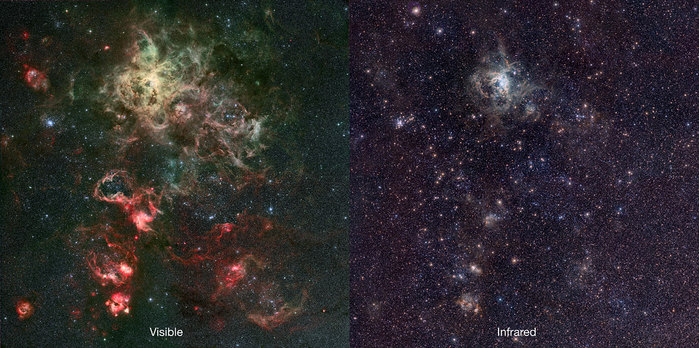 © ESO/M.-R. Cioni/VISTA Magellanic Cloud Survey. Acknowledgment: Cambridge Astronomical Survey Unit |

© ESO/M.-R. Cioni/VISTA Magellanic Cloud Survey. Acknowledgment: Cambridge Astronomical Survey Unit

© ESO/M.-R. Cioni/VISTA Magellanic Cloud Survey. Acknowledgment: Cambridge Astronomical Survey Unit


